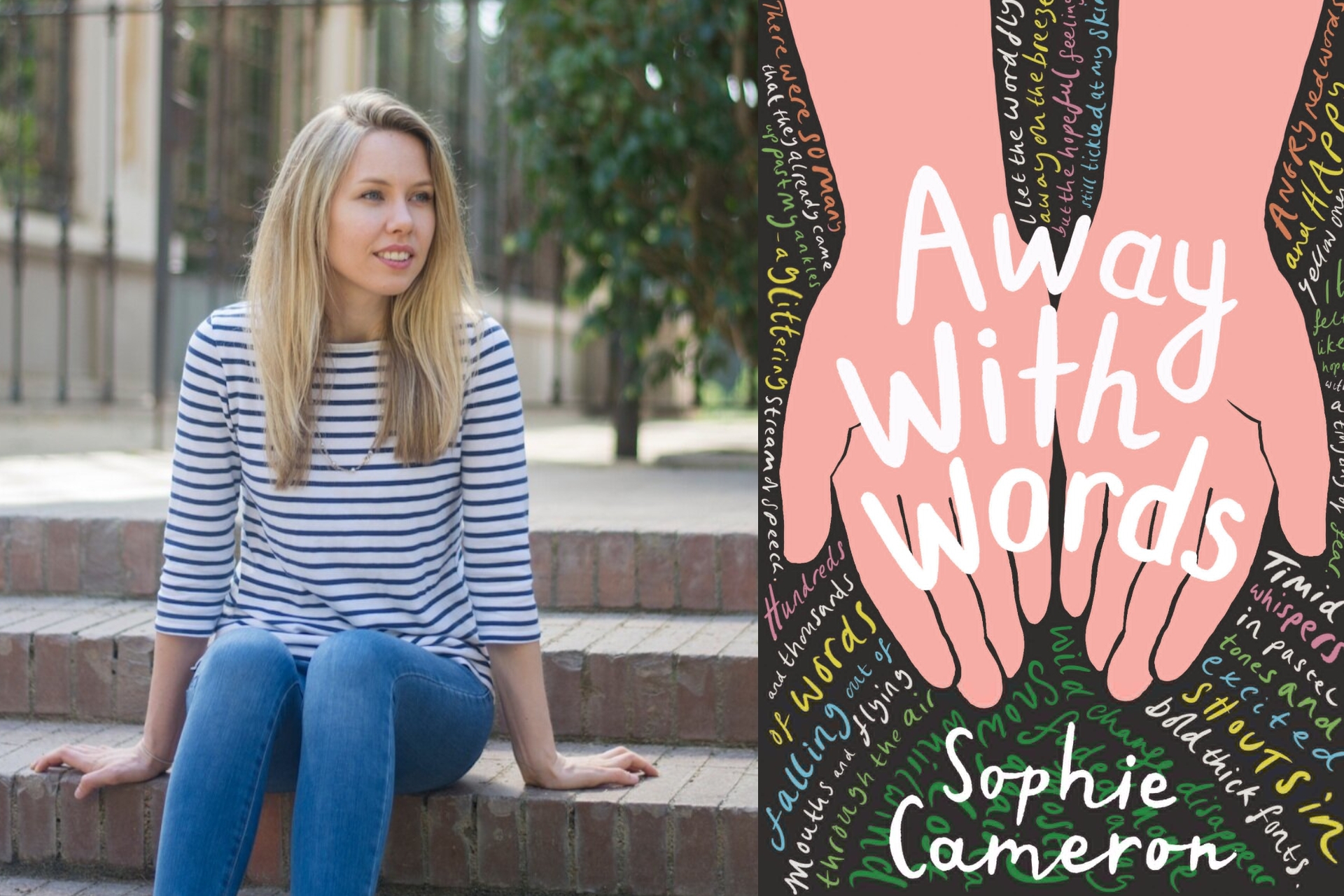One of our recent favourite reads (a May Book of the Month, in fact), Sophie Cameron’s Away with Words sees a couple of kind-hearted characters, Gala and Natalie, struggling to communicate. While Natalie is bullied for her selective mutism, Gala has just moved to Scotland from Spain.
After becoming friends through the magic of words, Gala and Natalie share this magic to help their classmates. And they do this through collecting words and assembling them into poems that are designed to make the recipient feel better.
For example, Natalie writes a beautiful poem to help Gala feel at home in a new country:
“Home is a treasure that can never be buried.
A ship that can never be sunk.
Pieces of gold, parts of the past.
Away with maps – there’s a compass in your heart”.
The girls also write a poem to help a classmate feel less nervous about having an operation:
“Brave is a first step.
Brave is to say yes.
Brave is a deep breath.
Brave is you.”
Inspired by Gala and Natalie, here’s a step-by-step guide to help young writers craft their own powerful personal poems.
1. Search for words to build a word bank
In Away with Words, Gala and Natalie search for words and use them to write poems that will uplift their classmates. Here are some ways you can search for words to build your own poetry word bank:
a) Read an extract from Away with Words and write down words that standout to you.
b) Listen to conversations, or pay close attention to words when you’re watching shows or films. Write down any words that stick in your mind.
c) Write down some of your favourite words - words you love because of how they sound or make you feel.
Top tip: when writing down your chosen words, you could use different colours and styles to represent how the words feel, or what they mean. For example, if you were writing the word “fluffy”, you could make the letters look fluffy through their size and colour, maybe giving them a fluffy outline! Or, if you were writing the word “jagged”, you could make the letters thin and sharp.
After you’ve written your words, cut the paper into strips (one word on a strip) and store them in an envelope or special box.
2. Choose who your poem is for
In order to craft the perfect personal poem, decide who it’s for, and why you’re writing it for them. For example, maybe someone you know is feeling disappointed about something, so your poem could be designed to help them feel more positive.
3. Choose your words
Read through your words and select those that best suit the subject of your poem. Of course, you can add any others that come to mind.
Top tip: re-read the examples from Away with Words we shared above, and consider using similes, metaphors and onomatopoeia in your poems. For example, when Natalie writes “Home is a treasure that can never be buried. A ship that can never be sunk”, she uses metaphors (treasure and a ship) to describe what home feels like.
4. Write your poem!
To create your personal poem, decide what order your words could go in to make it as powerful as possible. As the examples reveal, your poem doesn’t have to be long. The idea is to get to the heart of the helpful, hopeful message you want to share with the person you’ll give your poem to.
5. Give your poem as a gift
In Away with Words, Gala and Natalie give their poems in secret, hiding them in their classmates’ bags as a surprise. Why not do something similar to put a smile on someone’s face?!
For more creative inspiration and activities, check out the rest of our Get Creative series.
.jpg)
Joanne Owen is a writer and publishing professional with over twenty years’ experience of the book industry, and the author of a how-to children’s guide to creative writing, You Can Write Awesome Stories. Alongside writing and reviewing books, she hosts writing workshops and is an Editorial Expert for LoveReading.
#GetCreative
#AwayWithWords



-130x200.jpg)

Comments (0)
Leave A Reply
You must be logged in to post a comment.